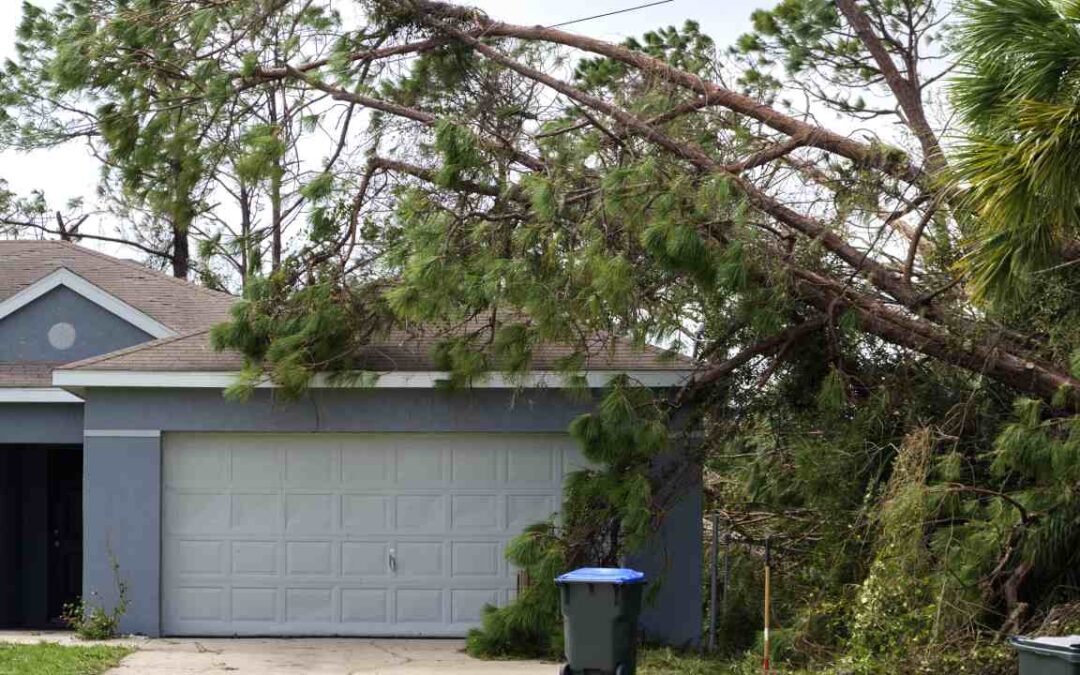Assessing property damage after a flood, hurricane, tornado, or major thunderstorm can be daunting, especially if your home is in an area particularly affected by high winds or flooding. You could face power outages, water and wind damage, standing water, and the need to remove debris, mold, and dirt.
Still, effective cleaning is possible if planned carefully. Below are tips on how to stay safe, limit further damage to your home, and ensure you properly document property damage when it comes time to clean up the post-storm disaster.
1 Don’t Rush Back
Head home to assess damage only when local authorities say it is safe. Could you wait until flood waters have receded enough and roads have been cleared of fallen debris and power lines?
2. Come Prepared With The Proper Safety Equipment
When you return, your house may not have power, so bring flashlights or battery-powered lanterns and charge your smartphone beforehand. Also, remember that when floodwaters from a hurricane enter your home, the water can get with it an unknown level of contaminants. To protect against possible bacteria and mold, carry enough N95 masks and gloves. Using latex or nitrile gloves, or even simple dishwashing gloves, is recommended for cleaning.
3. Check The Exterior For Safety Hazards And Structural Damage
Before entering the home, check for evidence of downed power lines, leaking gas lines, large tree branches that may have fallen on your roof, or other signs of significant structural damage. If you notice any of these safety risks, get a professional opinion on the structural safety of your home before going in.
4 . Document Everything
Once inside, please take photos of everything as it is before you start cleaning. Walk through the house and photograph or video each room carefully, noting any damage to the house itself and your furniture, electronics, and other personal property. Even photograph the inside of cabinets, cupboards, and drawers.
Don’t throw anything on the sidewalk without photographing it first; If you do, it will be challenging to provide your insurance company with a complete damage inventory.
5. Contact Your Insurance Agent As Soon As Possible
Don’t make a call to your insurance company’s claims hotline. Once you return to your property and see the extent of the damage, it is the best time to notify your insurance company, and you will want to do it as soon as possible.
6. Address Water Damage
After significant flooding subsides, clean up remaining stormwater debris and dirt using a wet/dry vacuum or brooms and mops. Open windows and use fans or a generator if you have electricity to help dry moisture soaked into walls and floors. Remove and replace overly soggy or damaged drywall and insulation. Those things will absorb water, and that’s the kind of thing you have to cut out and get rid of.


